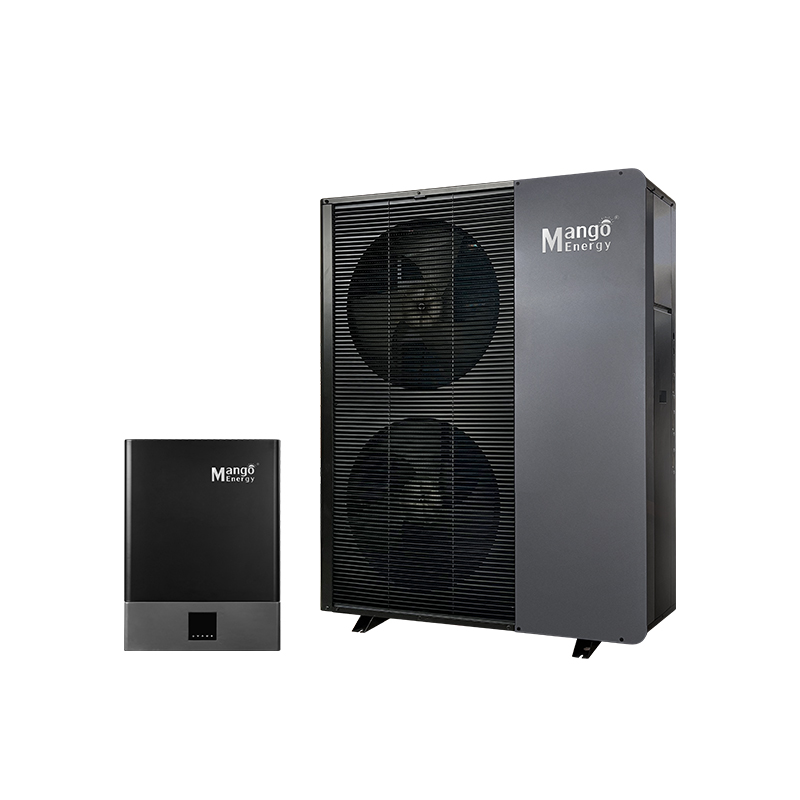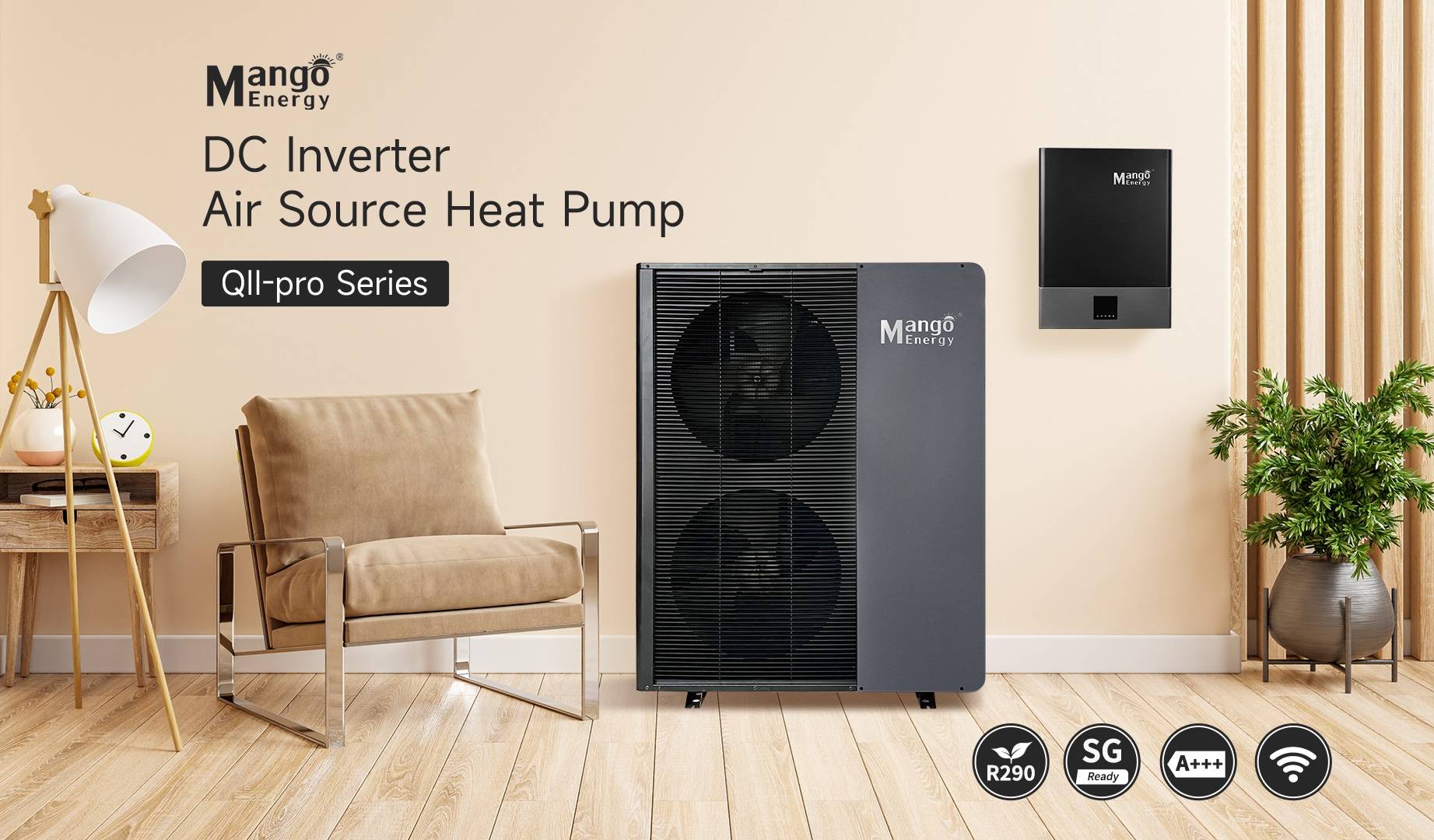
In the realm of modern heating and cooling solutions, air source heat pumps stand out as a highly efficient and environmentally friendly option. At their core, these systems utilize the principles of thermodynamics to transfer heat from one space to another, offering both heating and cooling capabilities. In this comprehensive guide, we delve into the intricate workings of air source heat pumps, shedding light on their functionality and benefits.Heat pumps operate on a simple yet ingenious principle, leveraging the temperature differential between the outdoor and indoor environments to facilitate heat exchange.

Here's a step-by-step breakdown of their operation:
1. Absorption of Heat from Outdoor Air
The process begins with the outdoor unit of the heat pumps, which contains a refrigerant that circulates through a closed loop. Even in cold weather, ambient air contains heat energy. The refrigerant within the outdoor unit absorbs this heat energy, even at temperatures as low as -15°C, thanks to its unique properties.
2. Compression and Increase in Temperature
Once the refrigerant absorbs heat from the outdoor air, it undergoes compression within the system's compressor. As the refrigerant is compressed, its temperature rises significantly, transforming it into a high-pressure, high-temperature gas.
3. Heat Exchange in the Indoor Unit
The now-hot refrigerant travels through a series of coils within the indoor unit of the heat pumps. Here, it releases its heat energy to the indoor environment, raising the temperature within the space. This process is akin to how a traditional heating system operates, albeit with greater efficiency.
4. Refrigerant Expansion and Return to Outdoor Unit
After releasing its heat energy indoors, the refrigerant undergoes expansion in a valve, causing its temperature and pressure to drop. It then returns to the outdoor unit to repeat the cycle, absorbing more heat from the outdoor air and continuing the heating process.

Advantages of Air Source Heat Pumps
1. Energy Efficiency
One of the primary advantages of air source heat pumps is their remarkable energy efficiency. By harnessing heat from the ambient air, these systems can deliver several units of heat for every unit of electricity consumed, resulting in significant energy savings for homeowners and businesses alike.
2. Versatility
Unlike traditional heating systems that only provide warmth, air source heat pumps offer both heating and cooling functionalities. This versatility makes them ideal for year-round comfort, allowing users to maintain optimal indoor temperatures regardless of the season.
3. Environmental Friendliness
Air source heat pumps operate using electricity rather than fossil fuels, making them a greener alternative to conventional heating systems. By reducing reliance on carbon-intensive energy sources, these systems help mitigate environmental impact and contribute to sustainability efforts.
4. Cost Savings
In addition to energy savings, air source heat pumps can lead to substantial cost savings over time. With proper maintenance and efficient operation, these systems can lower heating and cooling bills, offering long-term financial benefits to homeowners and businesses.
In summary, air source heat pumps offer a highly efficient and versatile solution for heating and cooling needs. By harnessing heat from the outdoor air, these systems deliver energy-efficient comfort while reducing environmental impact and saving costs. With their innovative technology and numerous benefits, air source heat pumps are poised to play a crucial role in the transition to sustainable heating and cooling solutions.


